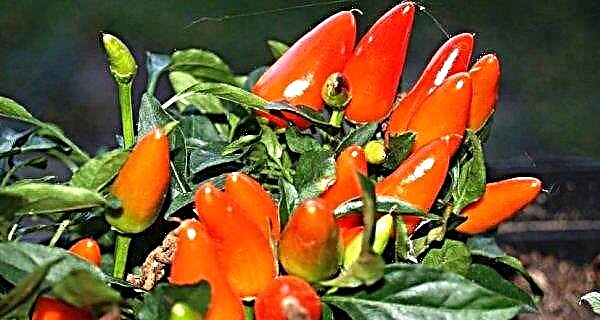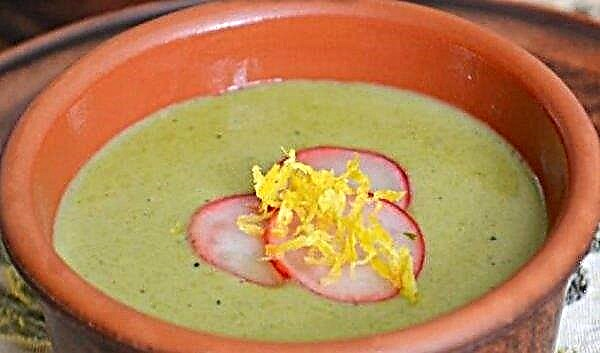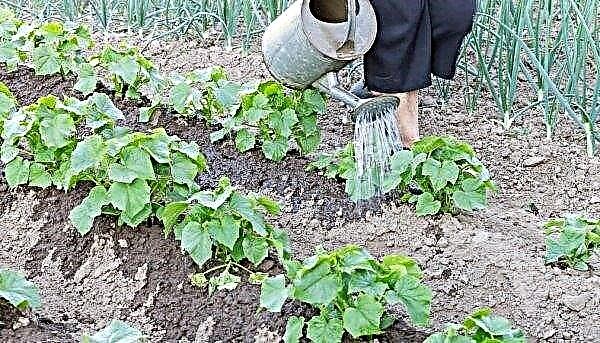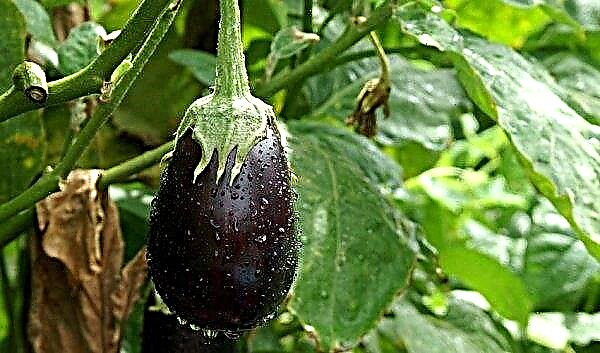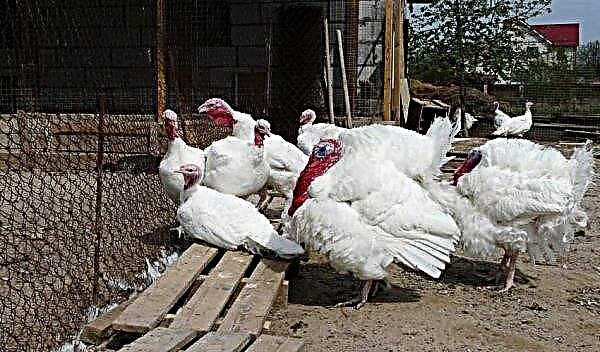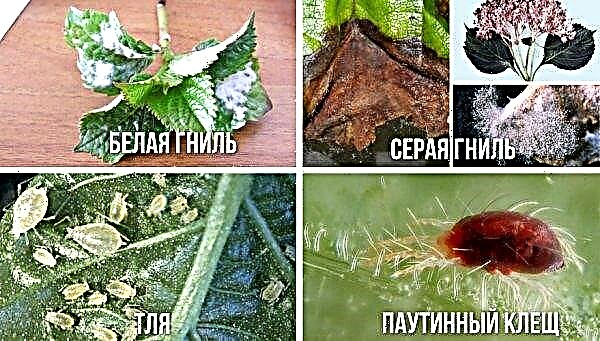Juniper is an adornment of both landscape design and home gardens. This coniferous plant is unpretentious and well takes root in neutral or slightly acidic soil. How to grow and care for Floreant is described in this article.
Botanical Description
Scaly Juniper Floreant (Juniperus squamata Floreant) appeared in Europe from the Eastern Himalayas, Northern China, the island of Taiwan. The plant comes from the species of Blue Star and differs from it by bright spots (white, cream or almost silver), which are randomly located on the tops of the shoots. The dwarf bush has a spherical shape with a bluish tint of needles.
Important! Juniper is a poisonous plant, therefore, in addition to the species ordinary, it is forbidden to use it for food.
Characteristic
The plant has the following description:
- the height of an adult bush (10 years) is about 40 cm;
- crown diameter - up to 50 cm;
- annual growth of about 6 cm;
- gray bark, scaly;
- lapnik thick, with short branches;
- needles dense, prickly, light blue;
- berries are small dark blue with a white coating;
- winter hardiness is high, young seedlings can freeze at a temperature of -20 ° C and below.
Landing and further care
Planting is carried out in spring in a pre-prepared seat. A few days before the transplantation, they dig a hole 60–80 cm in size both in depth and in diameter. A 10 cm thick drainage layer is laid at the bottom. For this, pebbles, vermiculite or brick chips are suitable. Water and fertilize with organic top dressing. Planting a sprout from the container is done in the morning or in the evening.
The roots are carefully aligned and sprinkled with neutral soil 2 cm above the root neck. After that, the root zone is gently tamped, watered and mulched with sawdust, wood chips, peat 5 cm. In the future, you need to take care of the bush, only watering it and conducting forming or sanitary trimming. You should not hurry with watering, since the juniper is drought-resistant and does not tolerate excess moisture.
Important! The earth near the plant is not loosened, since under the layer of mulch the natural conditions for the growth of juniper are simulated.
If the earth near the trunk has dried out by 2-3 cm, then you can pour a bucket of warm water. Around the bush make a small shaft of soil, so that when watering, water does not flow to the sides. Stamp Floreant requires more careful care, as its long trunk provides nutrition to the lush crown. Watering a small tree is carried out in the ram zone in warm times every 2-3 days, and in dry cool weather - 1-2 times a week. Any variety of this juniper variety can be fertilized with superphosphate in mid-spring and potash in the second half of autumn. Pruning is necessary to form a crown and to prevent its thickening. The pruning system is as follows: the branches that grow inside the bush are removed, and the remaining shoots are cut by a third with the formation of a "ball". All old, diseased and damaged branches are removed.
Any variety of this juniper variety can be fertilized with superphosphate in mid-spring and potash in the second half of autumn. Pruning is necessary to form a crown and to prevent its thickening. The pruning system is as follows: the branches that grow inside the bush are removed, and the remaining shoots are cut by a third with the formation of a "ball". All old, diseased and damaged branches are removed.
Video: planting and caring for juniper
Breeding methods
The plant can be propagated in three ways that are inherent in other shrubs - seeds, cuttings or layering. The easiest way to propagate Florent seeds. For this, freshly harvested seeds are planted in autumn in humus-fertilized soil. You can stratify in peat or humus throughout the winter and plant the seeds in early spring.
Did you know? Conventionally edible juniper can be used only as a spice for marinating meat or as a flavoring for juices. The remaining plant species are uniquely toxic to the human body.
Propagation by cuttings is more reliable, since there is no dependence on germination, as in the seed method. Cuttings are taken in the fall from the mother bush by cutting off a branch with a “heel” and subsequent planting in a container with peat for the winter. In the spring, cuttings that have taken root are transplanted into a greenhouse or greenhouse and are grown there for 1-2 years. After this, the seedling is placed in a constant place of growth. Reproduction by layering is done in this way: they also bend the green lower branch in early spring or late autumn and strengthen it with brackets in a bed prepared in advance and fertilized with organics. After this, they are sprinkled with soil, compacted, watered, mulched with sawdust and left until warm. Then the mulch is removed, the layers are watered and left alone. A year later, when the buds give sprouts and roots, the shoots can be cut and transplanted to a new place.
Reproduction by layering is done in this way: they also bend the green lower branch in early spring or late autumn and strengthen it with brackets in a bed prepared in advance and fertilized with organics. After this, they are sprinkled with soil, compacted, watered, mulched with sawdust and left until warm. Then the mulch is removed, the layers are watered and left alone. A year later, when the buds give sprouts and roots, the shoots can be cut and transplanted to a new place.
Did you know? Birds and rodents help in the reproduction of juniper by eating its berries (cones). With their litter, seeds can spread over vast territories.
Diseases and Pests
With all its resistance to disease, squamous juniper can be affected by rust, in which the needles become dark brown or brown and crumble. The affected branches are cut off, and the cliffs and neighboring shoots are treated with copper sulfate and coated with garden varieties. Such measures will be a good prevention from other diseases such as fusarium. Possible pests must be prevented before they spoil the bush. Florent can be attacked by aphids, scale insects, spider mites, mining moths. All these parasites are well expelled by insecticides - "Karbofos" or "Fitoverm."
Possible pests must be prevented before they spoil the bush. Florent can be attacked by aphids, scale insects, spider mites, mining moths. All these parasites are well expelled by insecticides - "Karbofos" or "Fitoverm."




